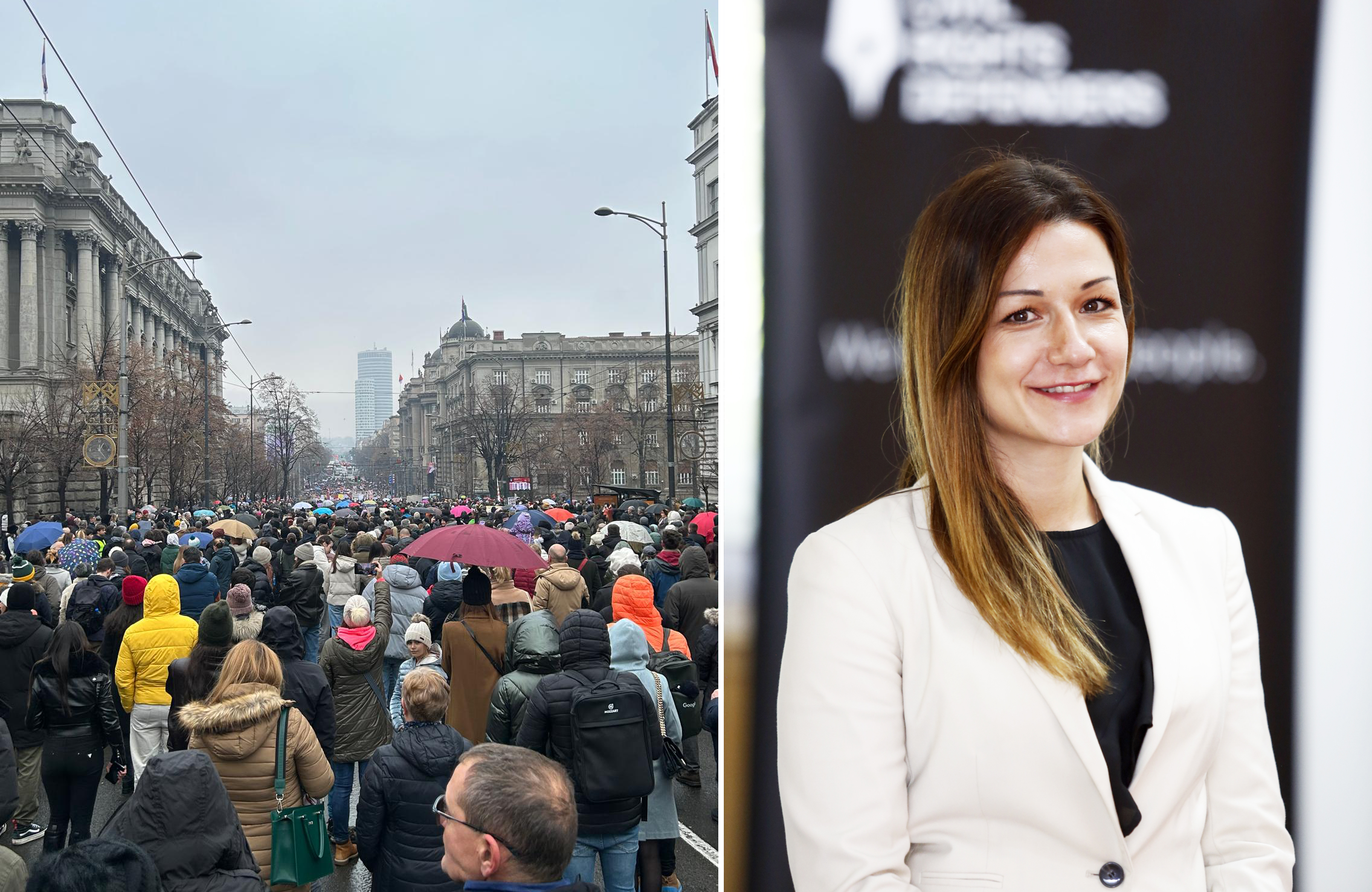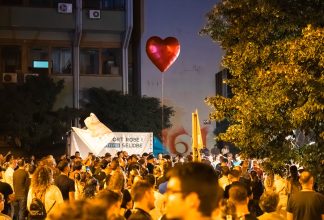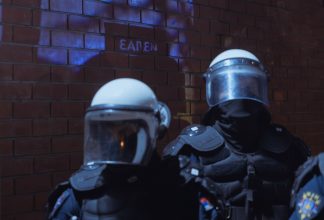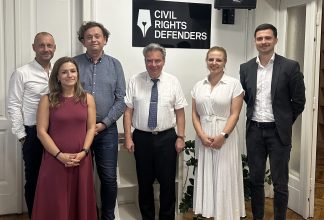Gen Z ignites Serbia’s largest protests – will it spark global hope?

For over three months, students in Serbia have been protesting for justice, freedom, and democracy. What began as a silent demonstration has grown into the largest student movement in the modern history of the Balkans—and it continues to expand. If they succeed, could this spark a global wave of change?
“The student protests show the power Generation Z has to drive social change. They are not just about local issues—they are demanding democracy, justice, and accountability in a country where these values have been systematically eroded,“ says Ivana Randjelovic, Director Europe Department at Civil Rights Defenders.
On November 1, 2024, the concrete canopy of a train station in Novi Sad collapsed, killing 15 people and seriously wounding several others. This tragedy sparked nationwide protests against corruption and for greater transparency and accountability from the duty holders. The protests continue despite the authorities resorting to previously effective tactics such as provoking violence, intimidation, media manipulation, smear campaigns, organising counter-protests, and escalating political tensions.
Several officials have already resigned but no one has been legally responsible for the deaths of 15 people. Prime minister, Miloš Vučević, did announce in front of cameras that he is stepping down but as of now, he is still formally the prime minister.
A fight for justice, accountability—and education
The protesters fight for accountability, rule of law, justice – and for education. One of the demands is an increase of the budget allocated to higher education.
“In a country where many public officials have questionable educational credentials and a significant number of unqualified individuals hold key decision-making positions, they are reminding us of the vital importance of education. For them, ‘respect for the rule of law’ is not just a phrase—it’s a demand for real change and accountability. They underline the need for institutions to fulfill their roles and exercise their legal authority, which stands in stark contrast to the current reality where institutions are effectively captured, and all power is concentrated in the hands of the President of Serbia,” says Ivana Randjelovic.
Supported by Doctors, Pensioners – and Motorcycle Clubs
The demonstrations have united different social groups in an unprecedented way. Students, farmers, lawyers, pensioners, and doctors are standing side by side in their demand for change. And they refuse to give up. Farmers block the roads with tractors to shield demonstrators. Taxi drivers give free rides after marches. Veterans show up in solidarity.

“Despite government countermeasures, the protests have remained both peaceful and persistent. The government’s attempts to suppress them have only fueled greater public outrage. This movement proves that when citizens come together, even the most entrenched power structures can be challenged,“ says Ivana Randjelovic.
Do not get support from the international community
Despite fighting against corruption, for democracy, rule of law and accountability, the protesters lack the support of the international community, including the EU. Ivana Randjelovic is critical of the lack of support.
“These protests go beyond Serbia—they are part of a larger struggle for human rights, the rule of law, and accountability in a region with very weak democracies. If this movement succeeds, it could inspire others, both in the Balkans and globally. The international community must support the students’ demands for accountability and justice in the country,” says Ivana Randjelovic.
She sees these protests as a counter-force to the democratic backslide we see today.
“Global trends are increasingly focused on individual gain, encouraging people to seek as much attention and benefit as possible for themselves. Students in Serbia are redefining the value of unity, public interest and public participation,” says Ivana Randjelovic.
The next big protest is scheduled for the Statehood Day of Serbia, 15 February, in Kragujevac.


